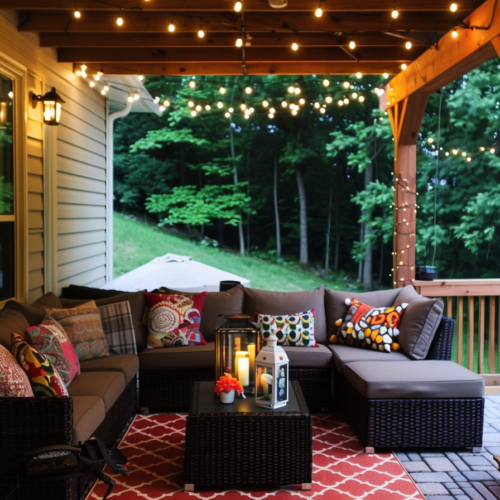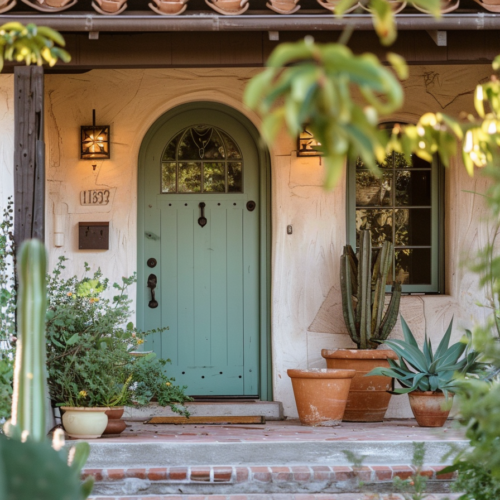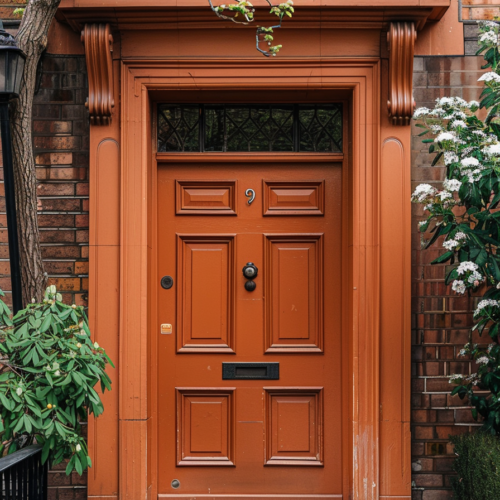Choosing a ceiling light for your home or business can be hard. There are many styles and types of ceiling lights to choose from. Think about your needs and pick the one that works best.
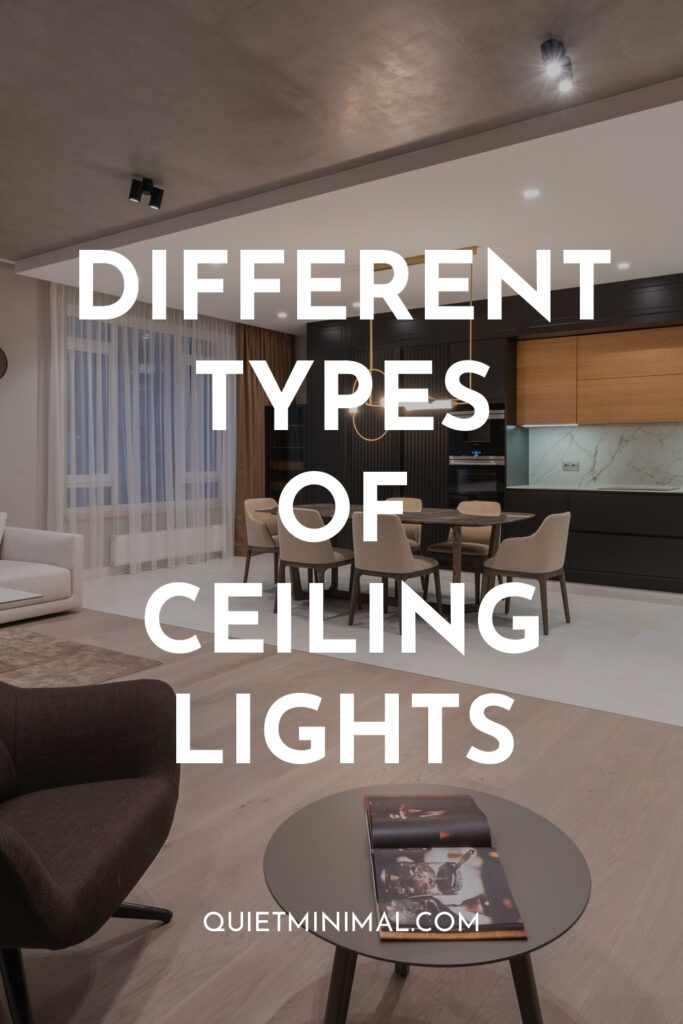
There are so many sizes and shapes to choose from. Knowing the purpose of different types of ceiling lights will get you on the way to perfect lighting in no time.
Ceiling lights come in four types: accent, ambient, decorative, and task. They can either be mounted directly on the ceiling or hang.
All types of ceiling lights fit into these categories, even though there are many styles, shapes, and sizes of ceiling lights.
There are nearly limitless styles and shapes of ceiling lights made from every kind of material imaginable. Let’s look at eight of the most common varieties of ceiling lights.
Types Of Ceiling Light Fixtures
While you will find different shapes, sizes, and types of ceiling lights, the following are the most common and recognizable. Other types of ceiling lights are usually a variant or combination of these types.
Flush Mounted Lights For Low Ceilings
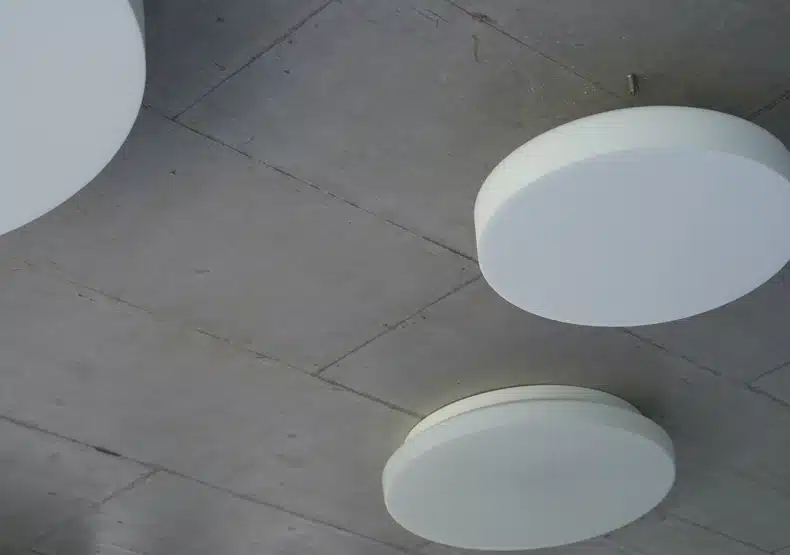
Flush light fixtures are flat light attachments that mount directly to your ceiling. They are ideal for bathrooms, closets, hallways, and small rooms. Flush fixtures are highly recommended in any space where a hanging light will get in the way.
Mounted ceiling lights attach directly to the ceiling, making them more secure than hanging ones. However, changing bulbs or maintaining them can be more challenging.
Mounted ceiling lights are best in rooms with low ceilings, usually 8 feet or less. As they do not need space to hang, this frees up all the headspace in a room.
Be careful, though, as installing flush-mounted light fixtures in a room with a high ceiling might make the room look empty or bare.
Track Mounted Ceiling Lights To Highlight Feature Areas
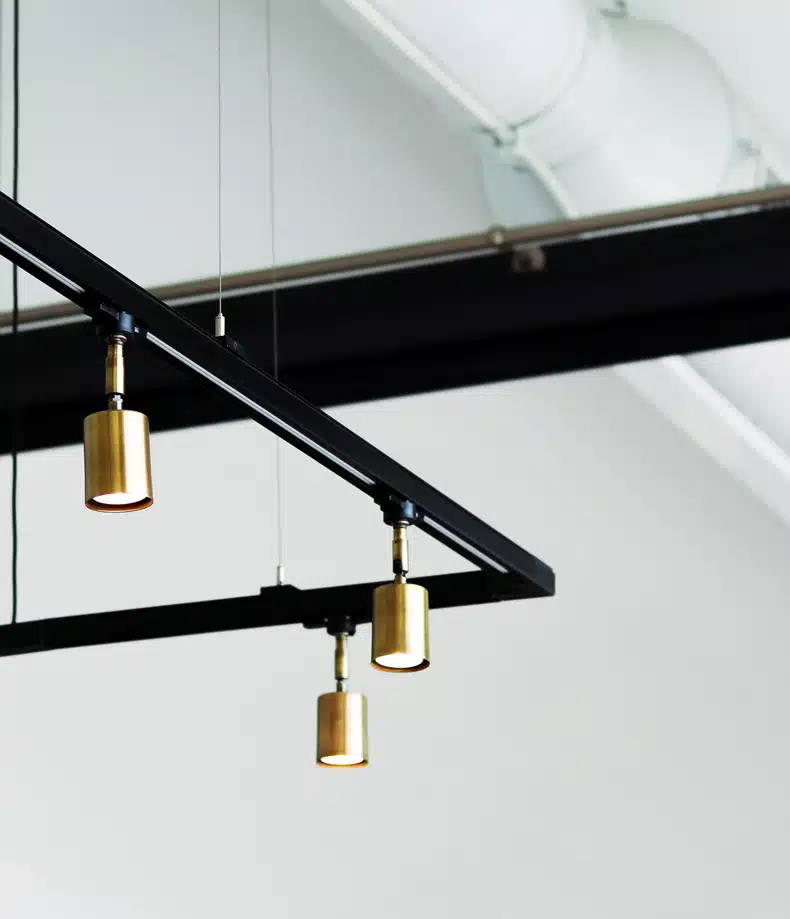
Track lights are like flush-mounted lights as they are fastened directly to the roof with no hanging parts.
Track lights are fixtures on a rail or track with two or more lights. The number of lights depends on the length of the track.
Set up track lights to point each light toward a specific area or object. You can adjust each light as needed and swivel it up to 360°.
Directional Gimbal Recessed Ceiling Lights
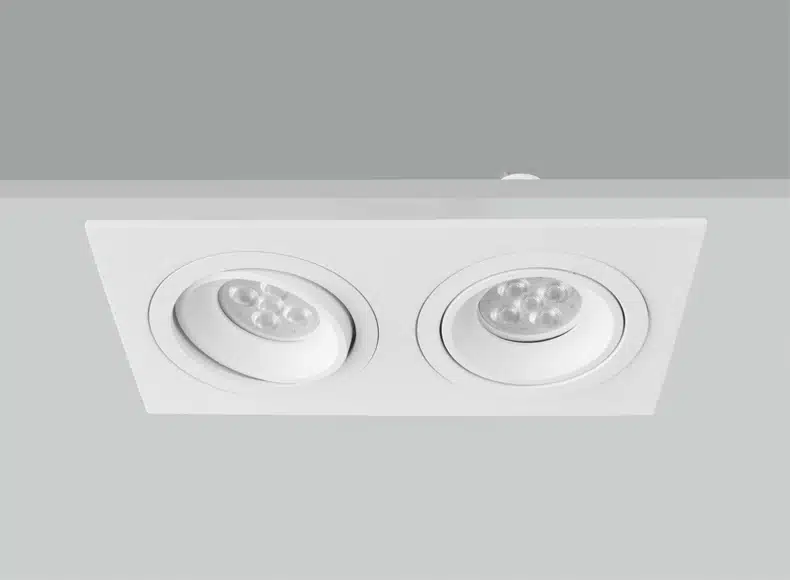
As the name suggests, these lights are recessed into the ceiling cavity. Once installed, the fitting is flush with the ceiling, meaning these lights are out of the way, leaving all the available space in the room open. Like track lights, but, the light beam can be directed in any direction.
Directional lights are great if you install them in a row or a square in the ceiling to give ambient light in the room. Recessed lights are perfect for low rooms, as they can be used to both provide ambient light and direct it as accent light when needed. This gives you the flexibility to move and direct the light to the desired area.
Create Ambient Light With Recessed Downlights
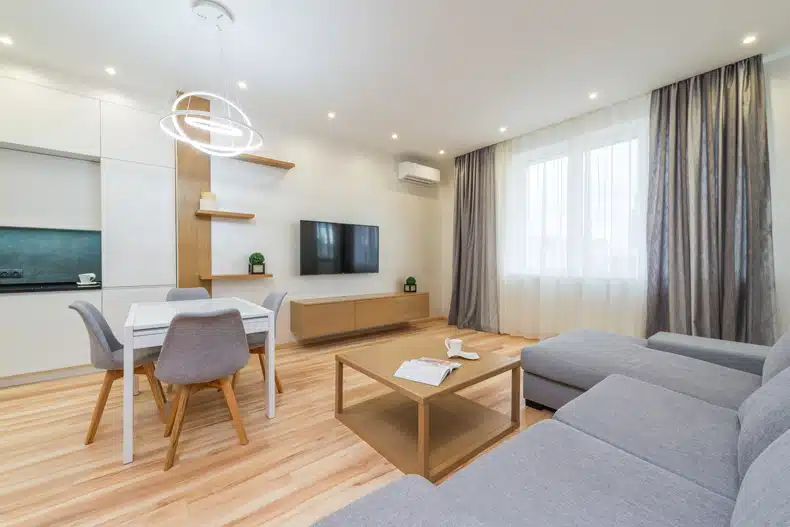
This light fixture is affordable and is mounted in the ceiling. It is recessed into the space between the ceiling and the roof.
Because the light casings can’t be seen inside the room, they do not catch the eye. Rather they light up the room with strong ambient light and are a good choice for rooms with low ceilings. A glass panel or the light bulb cover diffuses the light in the room, giving plenty of ambient light.
When used to highlight more than one area in a room, they can make a room seem larger and brighter. If furniture or artwork is placed directly under the downlights, they will also create focal points in a room.
Hanging Pendant Lights For Larger Rooms
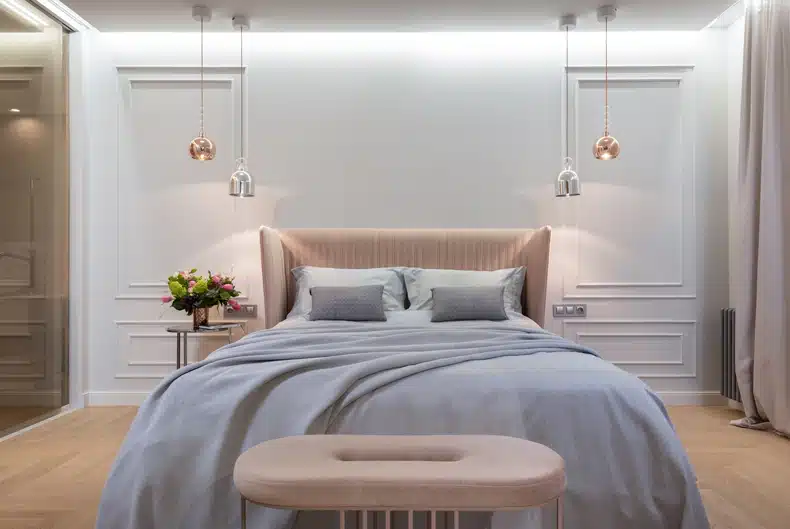
Where mounted ceiling lights are designed to be out of the way, hanging or pendant ceiling lights are designed to be seen and appreciated.
In rooms with a ceiling higher than 8 feet, there is space for a hanging or pendant light from the ceiling. The light fitting is often decorated and chosen to add to the room’s design.
Pendant lights contain only one bulb per light fitting. They are often used with other light sources and use light to decorate the room.
In some cases, they can be used as task lights in rooms with good light but need extra light to illuminate one room area.
Use Up-light Ceiling Lights To Make A Room Glow
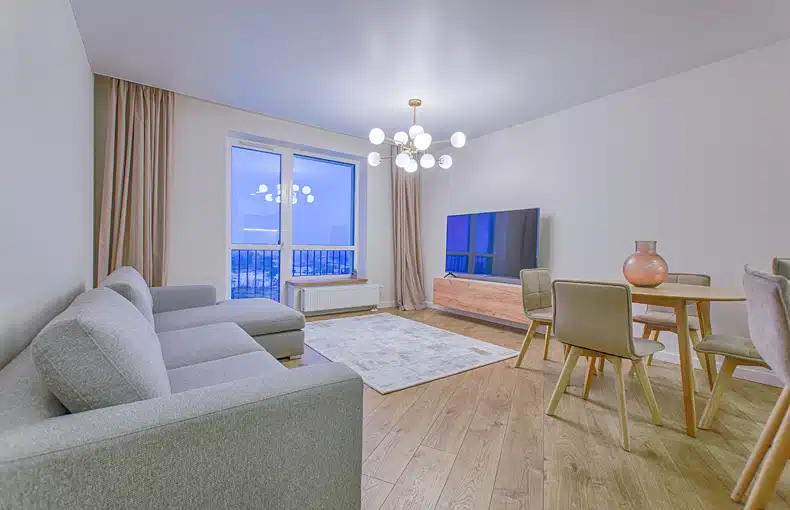
Up-lights are not positioned on the ceiling, but they use the ceiling’s uniform color and size to provide a room with diffused ambient light.
They are installed so that the light source points upward, with the light shining onto the ceiling. The light illuminates the ceilings, producing an ambient glow.
Floor lamps are used to light up crown moldings, columns, and ceilings. They provide ambient light and draw attention to the moldings and columns.
Chandeliers Create A Feature On A Ceiling
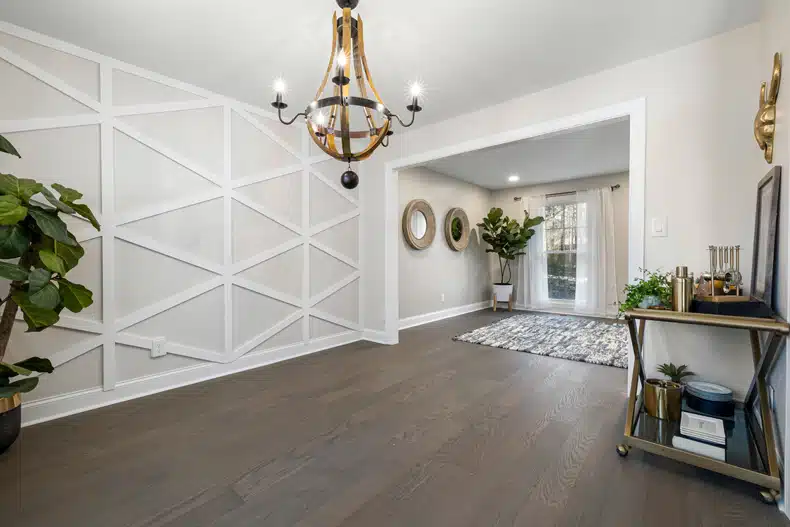
When asked about decorative lights, people will most commonly speak of chandeliers.
Chandeliers are popular due to their large size and capacity to reflect, refract and spread light from the bulbs.
A chandelier is different from a pendant light. It consists of several bulbs and sockets and often has a showy display of crystals or glass. A chandelier is always a feature in a room.
Utility Lights For Practical Rooms
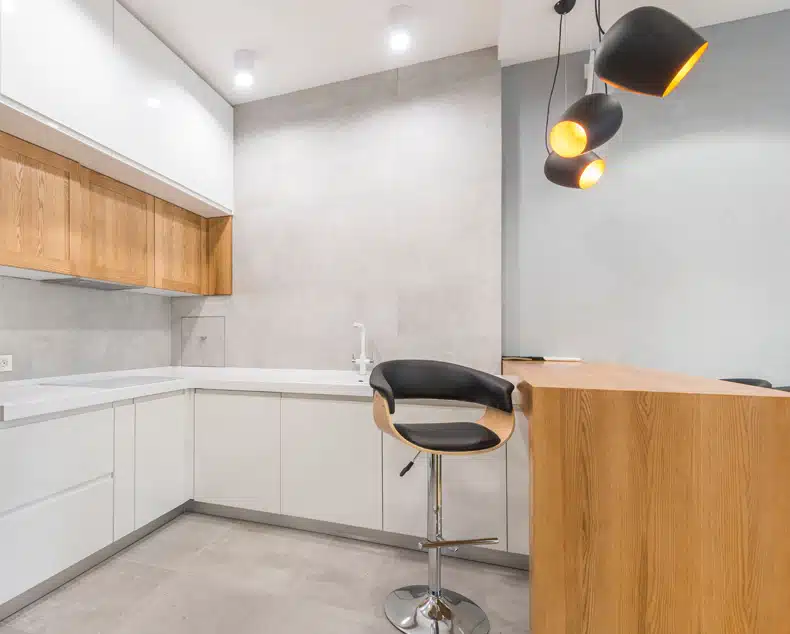
Utility lights provide both ambient and bright light to a room so that many tasks can be done without needing a separate light for each area.
Utility lights are ideal for warehouses, stock rooms, garages, and laundry rooms due to their lighting properties. Utility lights are usually cost-effective and durable and sometimes have a protective cover because they are used in high-traffic areas.
FAQ
Why Do Ceiling Lights Buzz Or Flicker?
A buzz or flicker usually happens with a ceiling light or light bulb that is not meant to be dimmed. Sometimes, it can damage the bulb if left to buzz or flicker. When an LED ceiling light is dimmed, the
light’s output is reduced through short currents. Non-dimmable lights and bulbs will vibrate because of these signals and then flicker or buzz.
Is A Lamp Better Than A Ceiling Light?
Lamps and ceiling lights fulfill the function of lighting space. Lamps provide flexibility, as they can be moved around a room to suit furniture placement or the room’s purpose.
Can A Ceiling Light Be Mounted On A Wall?
In most cases, a ceiling light is not designed to be mounted on a wall. The mountings on a ceiling light might not be able to support the weight of a fixture in a vertical position if it was designed to
hold the weight in a horizontal position. Even if the fixture can be mounted on a wall, the light’s angle will often shine brightly into bystanders’ eyes, making it impractical.
What Is The Best Height For A Ceiling Light?
The height of the ceiling usually determines the height of a ceiling light. There is no standard height for a light, so it is usually a matter of preference. Yet, a room with a low ceiling will often look bigger with flush downlights than a large chandelier. The space allows the light fixture to become a feature in a room with a large ceiling. A ceiling light isn’t usually hung lower than about 8 feet from the ground.
Conclusion
Walk into any lighting goods store and find hundreds of different ceiling light options. Even with the many different shapes, sizes, and types, there are only two mounting options and four different types of lighting for a ceiling.
All ceiling lights are either mounted directly on the ceiling or hanging for accent, ambient, decorative, and task lighting. The light’s purpose will determine what type of ceiling light is best for you.
Follow Quiet Minimal on Pinterest for more home design tips and inspiration.
